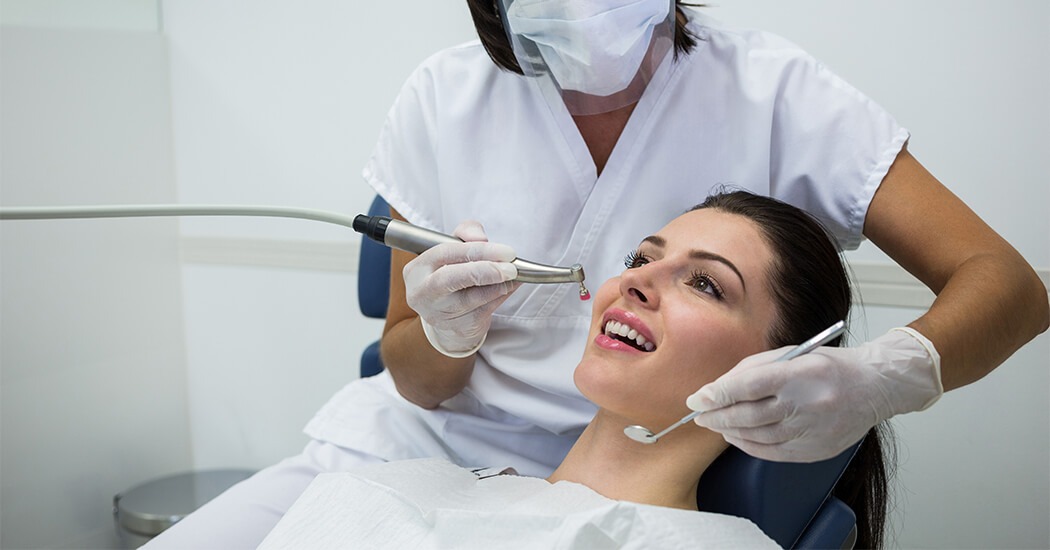Gum Disease Treatment
- Home
- Gum Disease Treatment



Gum Disease is a collective term to describe a range of conditions that affect the gums. Symptoms can range from simply irritated bleeding gums to more severe forms involving sensitive and mobile teeth, to even the loss of teeth. In fact, gum disease is a leading cause of tooth loss in adults and not dental decay. Gum disease has also been linked to poor general health and can also play a part in heart disease. Depending on the severity of the condition, different types of treatment are required, and, if treated early enough, prevention of the progression of the disease can be managed and the teeth can be saved.
Gum disease is caused by plaque – a sticky, colourless film of bacteria that is constantly forming on your teeth. These bacteria produce toxins that can irritate the gums and damage teeth and can affect people at any age. The risk of getting gum disease is increased with age, poor oral hygiene, illness, stress, hormonal fluctuations, smoking, substance abuse and some medical conditions. It is therefore important to keep your dentist informed about your general health.
Some of the symptoms to look out for include:
Gingivitis is the most common gum disease, affecting 75% of people over the age of 35. It is a milder form of gum disease associated with red swollen gums that bleed easily when brushed. Fortunately, gingivitis is limited to the gums and does not affect the underlying supporting bone. Thus with immediate proper care, it can be completely reversible. Proper care involves daily careful brushing and flossing as well as regular dental hygiene appointments to remove the plaque and tartar build-up on the teeth.
Left untreated gingivitis progresses to periodontitis, a disease where bacterial toxins penetrate into the gums and bone – the underlying support for teeth. The effects of periodontitis are irreversible and often in the early stages may occur without visible symptoms. This makes it important for your dental professional to regularly examine for increased gum pocket depths, one of the earliest signs of the disease.
May be associated with tooth sensitivity, throbbing or tightness felt in the gum tissue and bad breath
May cause loosening of the teeth and drifting of teeth. Some recession of the gums and exposure of the roots may occur causing increased sensitivity and irritation of the teeth.
is associated with extensive gum recession, root decay, pus between teeth and gums, and loosening or loss of teeth.
Careful daily oral hygiene. Brushing twice a day using a soft-bristled toothbrush together with flossing and mouthwash can reduce the daily build-up of plaque. But brushing alone is not enough to ensure gum disease is controlled as tartar build-up cannot be removed with daily brushing. Therefore it’s important to visit your dentist regularly (every 6 months) for them to professionally clean and assess the health of your teeth and gums.
The primary goal of gum disease treatment is to remove irritants and promote the reattachment of healthy gum to the teeth, reduce the swelling, reduce the pockets around teeth and stop the disease from advancing further. The treatment depends on a number of factors and our dentists will be able to assess the best treatment option for you.
If you’re looking for a qualified dentist, look no further than the experienced dentists at our local dental practice – Reservoir Smiles. We offer a wide range of services to help keep your smile healthy and looking its best. To book an appointment, call us or book online. We’ll be happy to answer any questions and help you schedule a convenient time for your visit.